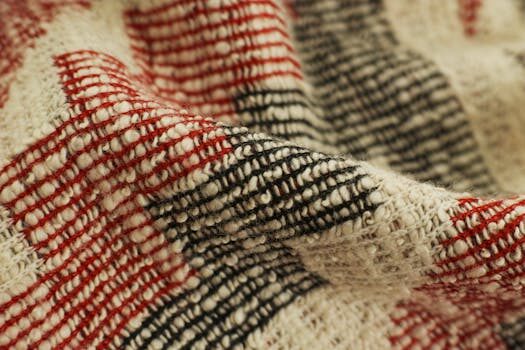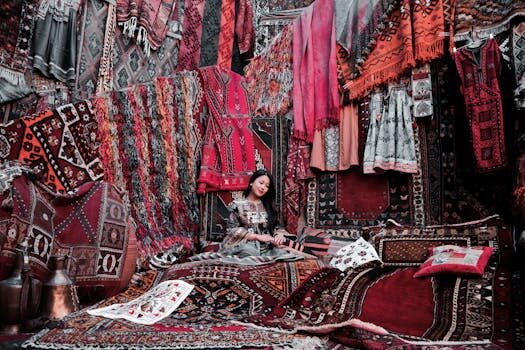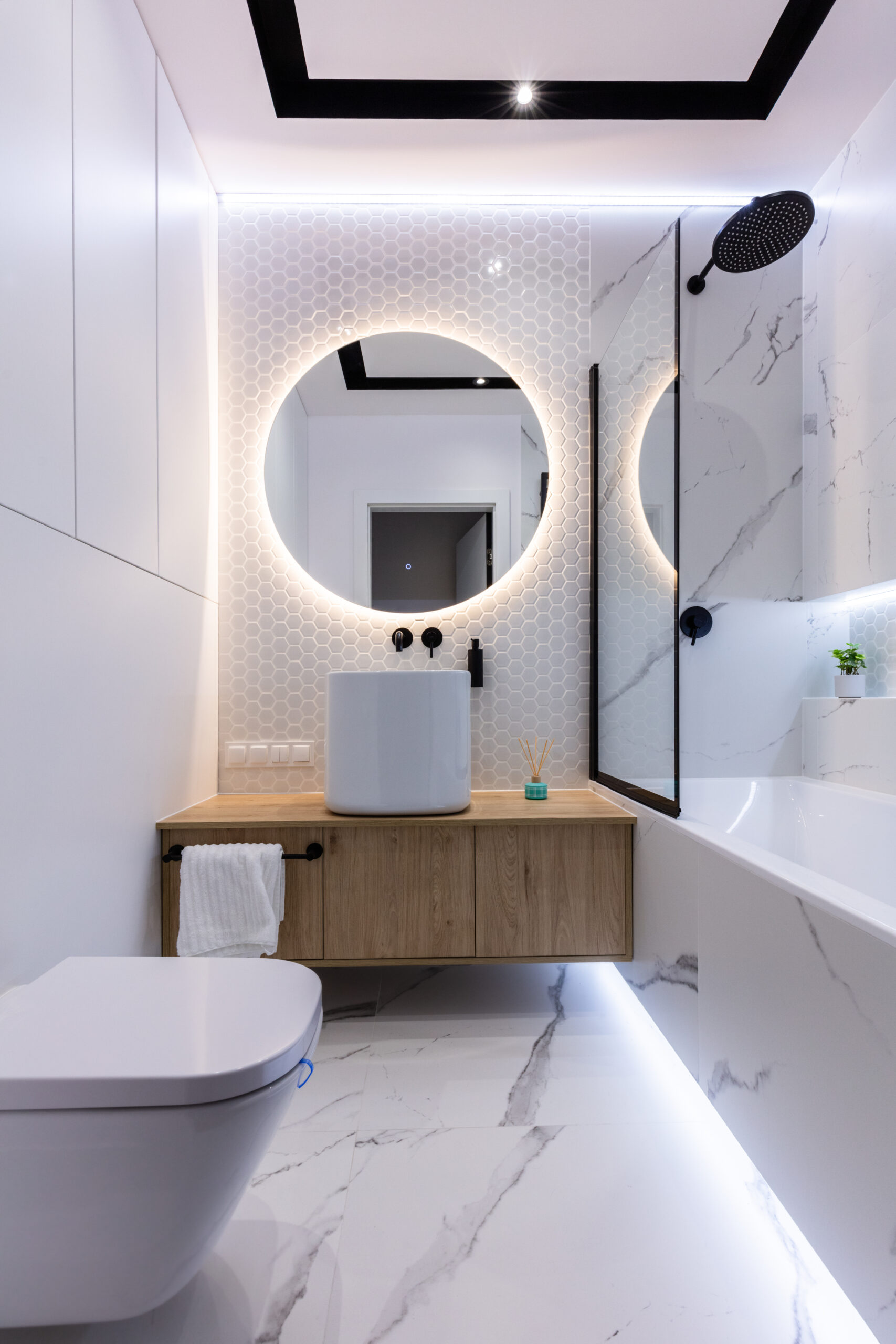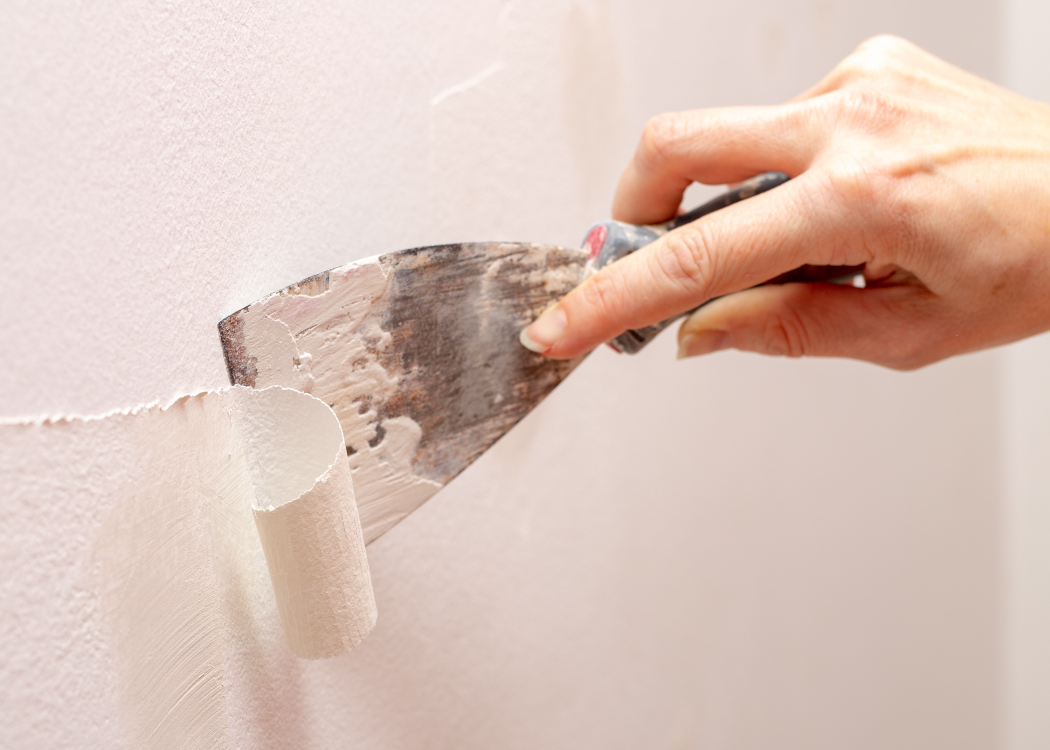Creating a safe and healthy home environment is increasingly important, and selecting the right decor can play a significant role in this process. Non-toxic rugs have become a popular choice among health-conscious homeowners, offering both safety and style.
When it comes to furnishing our living spaces, the importance of choosing non-toxic, eco-friendly rugs cannot be overstated. They not only contribute to a safer home environment but also add a touch of beauty and sustainability.
The 5 Best Non-Toxic Rugs for Your Home
With an array of options on the market, identifying the best non-toxic rugs can be a daunting task. To simplify your search, consider rugs from renowned brands like Hook & Loom, Lorena Canals, Grund, Rawganique, and Organic Weave. These brands are celebrated for their commitment to producing chemical-free and environmentally responsible products.
Each of these brands offers a unique array of designs, ensuring that you can find the perfect rug to match your aesthetic preferences. Whether you are looking for a subtle, minimalist design or a bold, patterned piece, these brands have you covered.
Moreover, these companies prioritize ethical production methods, giving you peace of mind that your purchase supports responsible manufacturing practices. When selecting a rug from these brands, you’re not just investing in your home’s beauty but also in the future of our planet.
What Makes a Rug Toxic?
Traditional rugs often contain harmful chemicals like PVC, PFAS, formaldehyde, and synthetic dyes. These substances can off-gas into your home, compromising indoor air quality and posing health risks.
For instance, synthetic dyes used in rug manufacturing can contain heavy metals and other toxic compounds, while pesticides used in conventional cotton farming can linger in the fabric of rugs.
Understanding these dangers is crucial when shopping for home furnishings. By knowing what makes a rug toxic, you can make informed decisions and select safer alternatives for your living space.
What Are the Benefits of Non-Toxic Rugs?
Opting for non-toxic rugs comes with a multitude of benefits. They improve indoor air quality by eliminating the risk of off-gassing harmful chemicals. This is particularly important for households with children or individuals with allergies or asthma.

Additionally, non-toxic rugs tend to be made from natural, renewable materials, which means they’re not only safe but also environmentally friendly. Their biodegradable nature ensures that they won’t linger in landfills, contributing to a more sustainable future.
When you choose a non-toxic rug, you also support ethical manufacturing practices. Many eco-friendly brands adhere to fair trade principles and provide safe working conditions for their artisans.
How to Know If a Rug Is Nontoxic?
To ascertain if a rug is truly non-toxic, look for certifications such as the Global Organic Textile Standard (GOTS) or certifications indicating that no harmful chemicals have been used in the production process.
Pay attention to the materials used. Rugs made from organic cotton, wool, hemp, or jute are typically safer options, as these fibers are less likely to have been treated with pesticides or other toxic substances.
It’s also advisable to research the brand’s production practices and values. A commitment to sustainability and transparency is often a good indicator of a non-toxic product.
Where Should Non-Toxic Rugs Go?
Non-toxic rugs can enhance any room in your home, from a cozy nursery to a bustling living area. However, there are specific spaces where they can be particularly beneficial.
In nurseries or children’s rooms, choosing a non-toxic rug is crucial, as young ones spend a lot of time on the floor. A chemical-free environment is essential for their developing bodies.

For high-traffic areas, such as entryways or living rooms, non-toxic rugs offer durability and ease of maintenance while still prioritizing your family’s health.
Moreover, non-toxic rugs are ideal for bedrooms, contributing to a toxin-free zone where you spend many hours each day.
What Materials Are Used to Make Eco-Friendly Rugs?
Eco-friendly rugs are typically made from natural fibers that are renewable and biodegradable. Materials such as organic cotton, wool, hemp, jute, and sisal are common choices for these types of rugs.
Organic cotton rugs are soft, hypoallergenic, and free from the pesticides used in conventional cotton farming. Wool rugs, particularly those that are non-toxic and undyed, offer natural stain resistance and durability.
Hemp and jute rugs are known for their strength and sustainability, as these plants grow quickly and require minimal chemical intervention. Sisal, another popular material, is valued for its robust texture and natural appearance.
Before we continue exploring the benefits of 5 Natural & Non-Toxic Rug Brands That Are Also Beautiful, take a moment to watch this insightful video on how to choose and care for eco-friendly rugs:

5 Natural & Non-Toxic Rug Brands That Are Also Beautiful
When it comes to blending safety with aesthetics, the following five brands stand out:
- Hook & Loom: Known for their environmentally responsible loom-hooked and woven rugs, which are recyclable and crafted without the use of dyes.
- Lorena Canals: Offers stylish, washable rugs that are perfect for busy households, made with natural cotton and non-toxic dyes.
- Grund: Provides a range of organic cotton bath and accent rugs, prioritizing comfort and purity.
- Rawganique: Celebrated for their organic and hypoallergenic rugs, ideal for those with chemical sensitivities.
- Organic Weave: Certified by GOTS, these rugs are handcrafted using traditional techniques and organic materials.
Related Questions on Natural and Non-Toxic Rugs
What Are the Best Non-Toxic Rugs?
The best non-toxic rugs are those that combine safety, sustainability, and style. The aforementioned brands are excellent starting points for anyone looking to invest in high-quality, eco-friendly rugs.
When evaluating non-toxic rugs, consider their materials, certifications, and the transparency of the brand’s manufacturing processes.
How to Choose Eco-Friendly Rugs?
Choosing eco-friendly rugs involves researching materials, production methods, and brand values. Look for certifications like GOTS, which ensure that the entire production process meets stringent organic and toxic-free standards.
Consider the longevity of the rug and its end-of-life disposal. A truly eco-friendly rug should be both durable and biodegradable, minimizing its impact on the environment.
What Makes a Rug Sustainable?
A rug is considered sustainable if it is made from renewable resources, produced in an environmentally and socially responsible manner, and has a minimal negative impact on the environment throughout its lifecycle.
Additionally, sustainable rugs should be free from toxic chemicals and dyes, which not only harm the environment but can also pose health risks to humans and animals.

Are Non-Toxic Rugs Safe for Children?
Absolutely. Non-toxic rugs are especially safe for children, who are more susceptible to the harmful effects of toxic chemicals. These rugs support a healthy play environment and can be an integral part of a child-friendly home.
When choosing rugs for spaces used by children, prioritize soft, natural materials and check for any certifications that guarantee the product’s safety.
How to Care for Natural Fiber Rugs?
Caring for natural fiber rugs generally involves regular vacuuming, immediate attention to spills, and avoiding harsh chemicals for cleaning. It’s best to follow the manufacturer’s specific care instructions to prolong the life of the rug.
For deeper cleaning, consult a professional who has experience in handling natural fibers. This will ensure that your rug maintains its beauty and integrity for years to come.
By making informed choices about the rugs we bring into our homes, we can greatly improve our living spaces’ health and aesthetic appeal. Selecting natural and non-toxic rugs not only supports a healthier home but also contributes to a more sustainable world.
 3 Best Natural and Non-Toxic Rug Brands: A Healthier Choice for Your Home
3 Best Natural and Non-Toxic Rug Brands: A Healthier Choice for Your Home



